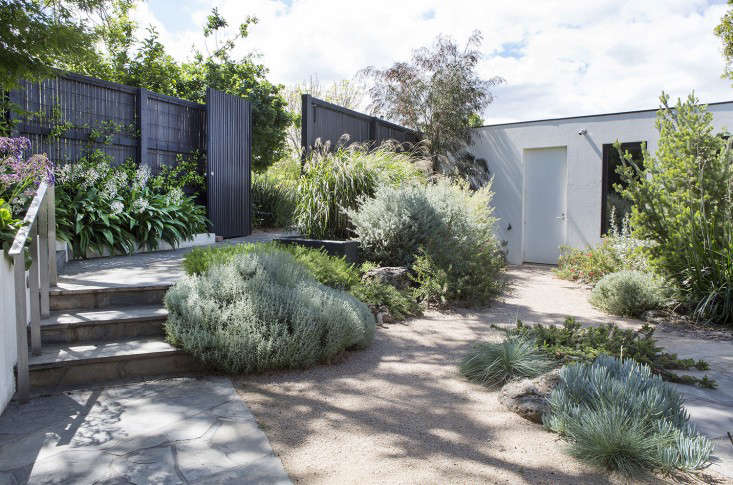Acacia, a shrub native to Australia and Africa, dots the Sintra forests here in Portugal, blooming in late winter and bringing hope of spring and warmer weather.
As a cut flower, acacia branches bring a sweet fragrance and bright color inside a cool winter home. When I worked as a florist in the Pacific Northwest, I loved the shipments of acacia from California in the depths of our winter. Back then I paired it with orange tulips, or as a filler in bridal bouquets.
Nowadays I love to keep it a bit more minimal. For modern arrangements of acacia, I keep them monotype, but with different varieties. Read on for step-by-step instructions to create a floral arrangement with acacia branches.
Photography and styling by Chelsea Fuss.

Of course, the buds that are green or less puffy will last longer as they are newer. The flowers that drop petals are older, but I like to have all varieties in the arrangement to add contrast and interest.

Creating an arrangement with a single type of flower creates a feeling of abundance at home.

For a riotous arrangement, I start by creating a shape with three tall and medium branches.

I add in greenery with another type of acacia, next I fill in with bloomed-out branches to create a vibrant, full vase.
For vases, I love to use old crockery. The pieces have simple shapes, lovely white glazes, and the aging adds a bit of texture. They are water-tight and convenient for simple, at-home arrangements.

Here I’ve added a simple branch to a vase that’s a modern twist on Alentejo pottery from the center of Portugal. I purchased this vase from June, in Lisbon, where they informed me they had created this new design based on traditional Portuguese pottery. The paint splatters are quite popular in modern ceramics but have been a part of Alentejo tradition for a long time (previous to any trends). June created this new pottery line in a fresh color with traditional artisans, and I love how it looks with my freshly foraged acacia from a neighboring forest.

I love entertaining on my sunny terrace, however small and rustic it is, and these special touches take it up a notch for last-minute guests.
Rethink more underappreciated flowers. See our Rethinking Flowers archives, including:
Finally, get more ideas on how to successfully plant, grow, and care for acacia with our Acacia: A Field Guide.
N.B.: This post is an update; it was first published February 2018.









Have a Question or Comment About This Post?
Join the conversation